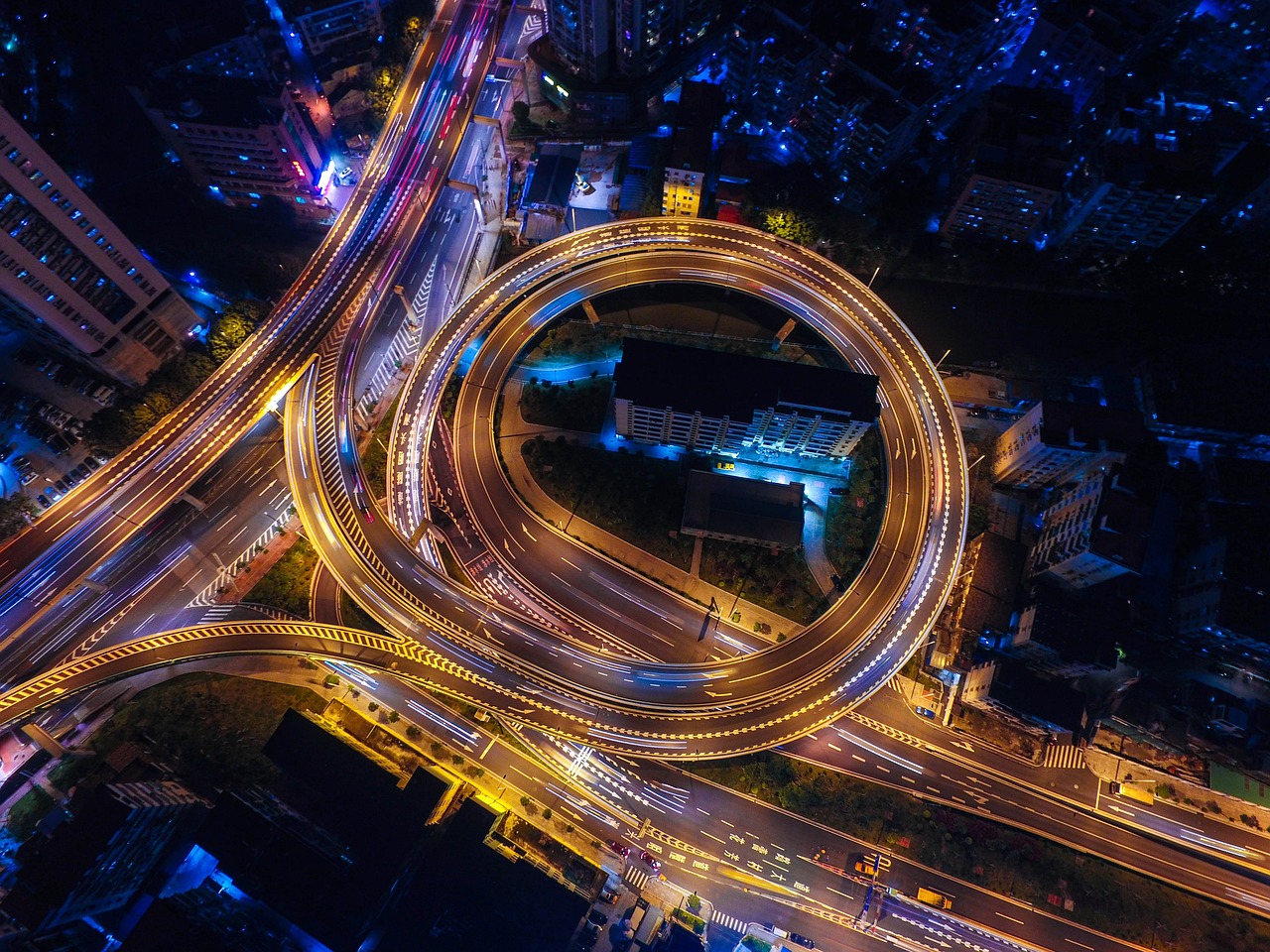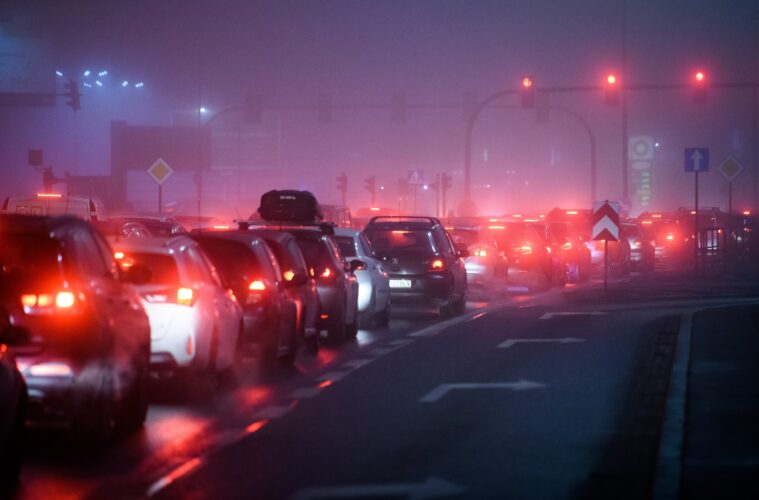
With a return to normality in a post-pandemic world comes a number of concerns, notably the increase of road traffic resulting from a return to social obligations and office life. Remote working has now taken a back seat to the all too familiar commute, which has resulted in a number of concerns behind the wheel, including rising collisions from distracted driving and fatalities.
The post-pandemic driving habits are becoming more dangerous, according to President of the Travelers Institute, Joan Woodward. Partly, this can be attributed to a misconception of the roads, with people navigating around the streets as if they were still locked down. According to a 2020 study from the AAA Foundation for Traffic Safety, most people had indicated they decreased their driving, with only 4% of those surveyed saying they were driving more. The demographic of this 4% was more likely to be male, younger, and engaging in more dangerous behaviors. For example, driving without a seat belt, texting while driving, and actually driving under the influence of alcohol.
While an increase in car accident lawyer cases is all too familiar as a result of unhealthy driving habits there is one question still to be asked why things have got worse as the rest of the driving population returned to the roads? There can be a number of reasons at play here:
Widespread Inattentiveness
There is a greater frequency of distracted driving than ever before, with approximately 3,000 people dying in auto accidents due to distracted driving every single year, and approximately 70% of Americans surveyed by the 2023 Travelers Risk Index believe that distracted driving is more of a problem now than ever.
While inattentiveness can be attributed to technology, there is also the important factor of stress and strength. A high number of people have admitted to driving while experiencing intense emotions, including being drowsy or sleep-deprived. Driving on a few hours of sleep can have a similar cognitive impact as operating a vehicle under the influence of alcohol or drugs.
Inattentiveness goes even further than this, beyond lack of sleep or technological distractions, but it can be a powder keg of emotions stemming from the outside world as well. A very common stressor is work-related distractions. The hangovers from lockdown haven’t gone away, and many people during the pandemic were almost expected to be at their employer’s beck and call because, quite simply, they had nothing else to do. But this is something that had occurred even prior to the pandemic, with many people feeling that they always have to be available in some way or another.
In a post-pandemic world, it is critical for employees to have a strict approach to calls to minimize these distractions and have a greater understanding of the importance of these circumstances.
A Lax Attitude Towards Distracted Driving
While it is common knowledge that driving under the influence of drugs or alcohol is harmful and shameful, there is very little condemnation of distracted driving. Distracted driving is arguably a bigger epidemic than drunk driving, and we must feel that a driver using their phone is just as bad as driving under the influence. As people are using their phones while driving, this can partly be attributed to the pressures they are under, for example, feeling like they always need to be on call, but there is also the allure provided by the often-mentioned dopamine hits arising from social media.
Additionally, there is also the disparate nature of how we live our lives. The pandemic brought people closer together because everyone was either working at home or temporarily unable to work. But now, as society is returning to pre-pandemic norms, the habits that work and place prevail again, namely minimal communication with loved ones and potentially only being able to liaise with partners or children when there are gaps in work or during the commute home. It’s this chronically overworked and underpaid approach to life that is also a contributing factor to why we use our phones while driving, and perhaps it is now time for more draconian punishments.
However, we cannot help but empathize with those who seldom see loved ones because they are on the road. There needs to be a greater discussion around the importance of work-life balance.
The New Peer Pressure of the Road
When we are on the road and are considered in the minority, it’s easy to be subject to a torrent of abuse. Feeling like you are causing a problem is not what you want after a long day at work, and now, in a post-pandemic world, we are experiencing a more unpleasant societal norm. This is where the pandemic may be directly to blame.
As the risk-averse slowly returned to life and found themselves on the receiving end of abuse because of everybody rushing around, there is the possibility that the less dangerous drivers will start to adopt the “if you can’t beat them, join them” approach. Driving has the potential to harden individuals, and as the pandemic is still potentially feeling the aftereffects of lockdowns, whether it was going through divorces, having to navigate challenging behaviors from their children, or dealing with the loneliness and isolation that comes with being locked in by themselves, as well as the grief that may have come with losing a loved one, society has changed because of the pandemic.
There may be an exacerbation of more selfish behaviors. While there is less potential for a hit and run or other selfish acts due to a deeply ingrained sense of moral responsibility the reality is that all of our motoring habits have declined since the pandemic. So, what is the answer? Partly, we need to incentivize safer driving in a better way and change the public’s attitudes towards safe driving with the appropriate punishments. As COVID becomes a distant memory for many people, there are still too many hangovers and hang-ups that are still widespread. It’s now time to address the importance of this habit that affects almost everyone.
Published by HOLR Magazine.


